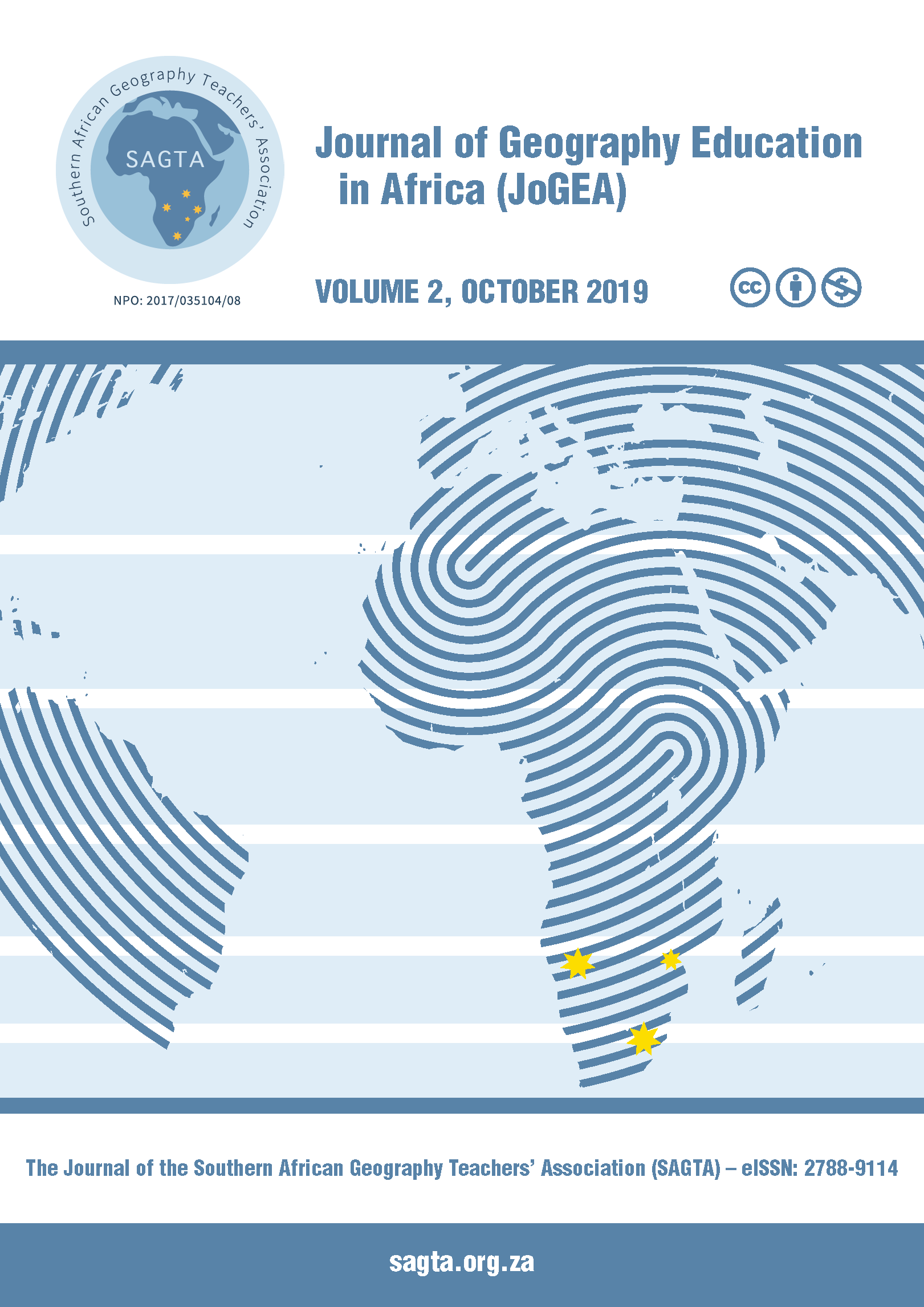A school in distress: The manifestations of poverty at a selected satellite school in the Masvingo district, Zimbabwe
DOI:
https://doi.org/10.46622/jogea.v2i1.2526Keywords:
Satellite schools, poverty, academic deprivation, social exclusion, ZimbabweAbstract
Although there is a plethora of studies on poverty in schools, poverty in satellite schools in Zimbabwe remains a neglected phenomenon. Satellite schools are newly established temporary schools which are attached to a registered school. This paper derives from a study that focused on the social capital influences of communal farmers and land reform beneficiaries on satellite schools in the Masvingo district, Zimbabwe after the year 2000. The study drew on the capability approach by Sen (2000) and the poverty pyramid by Baulch (2011). The study was qualitative and it was positioned in the interpretive paradigm. The paper reports on one case study of communal farmers in the Masvingo district. Four semi-structured interviews and a focus group discussion with a purposive sample of ten participants were carried out in the Sambo community. Qualitative content analysis was utilized to analyse the findings and draw conclusions. The manifestations of poverty at Sambo satellite school were infrastructure challenges; physical resources allocation; a natural resource challenge; and learners’ participation in extra-curricular activities with other schools. Due to a multiplicity of manifestations of poverty, Sambo satellite school was clearly in distress. It is recommended that the Zimbabwean government provide additional funding to support satellite schools that are located in poor, environmentally challenging contexts.
Downloads
Published
Issue
Section
License
Copyright (c) 2021 Kudzayi Savious Tarisayi

This work is licensed under a Creative Commons Attribution-NonCommercial-ShareAlike 4.0 International License.


